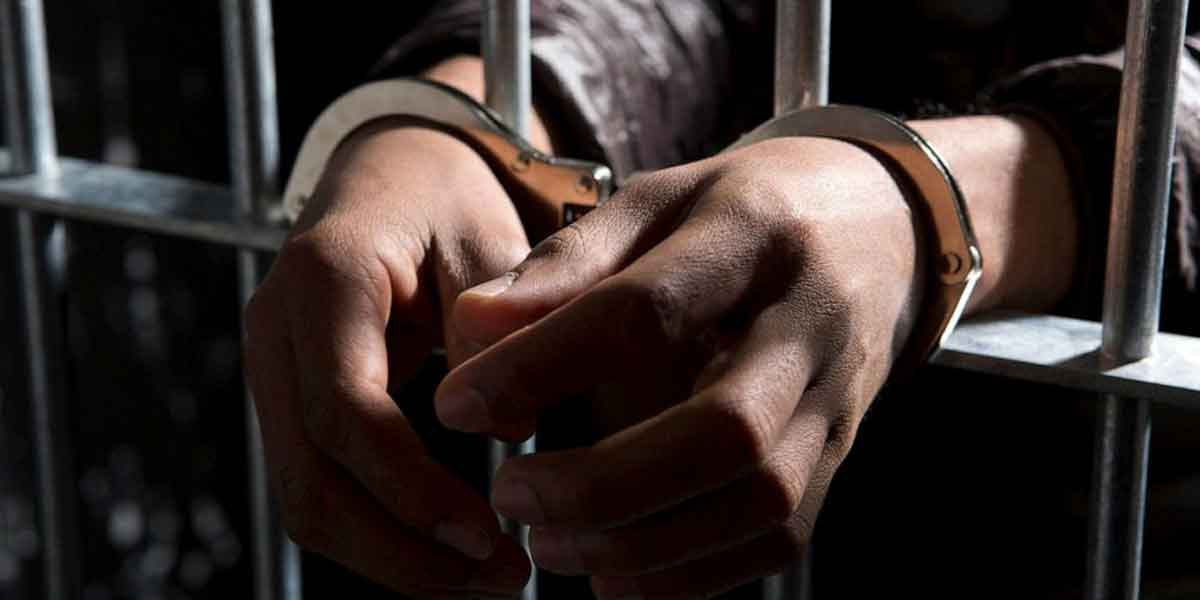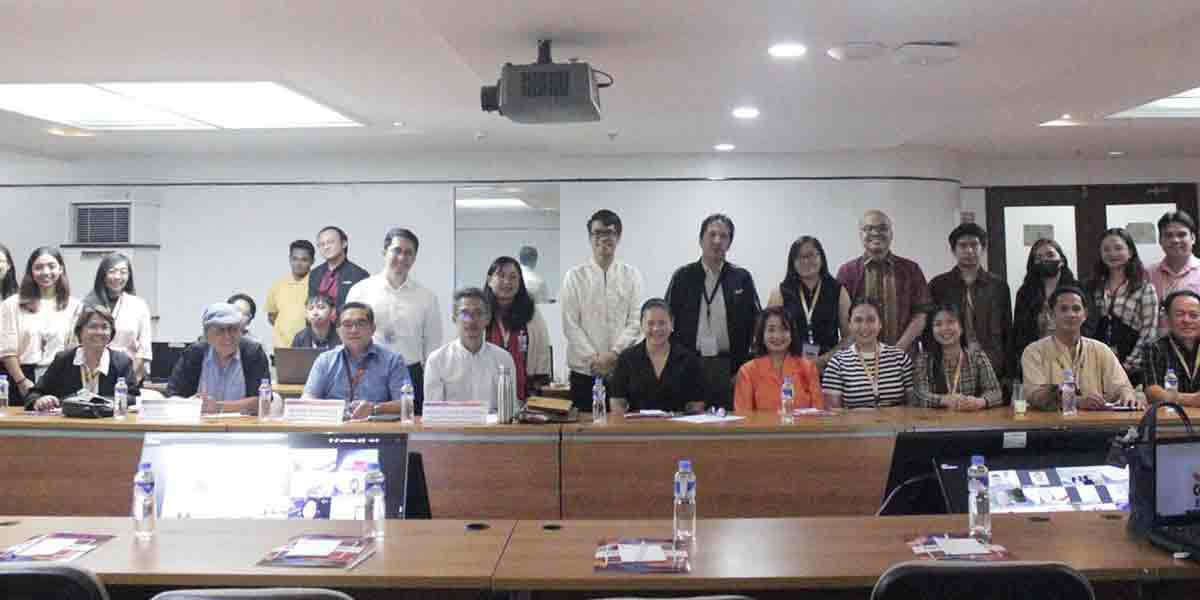 By Alex P. Vidal
By Alex P. Vidal
“When I was a boy and I would see scary things in the news, my mother would say to me, ‘Look for the helpers. You will always find people who are helping.’”—Fred Rogers
THERE have only been three issues that “interrupted” the daily news headline dominated by coronavirus these past four months: the blackout in Iloilo City, the shifty “close-open” Angelicum School Iloilo ruckus, and the reported filing of double murder cases by the National Bureau of Investigation (NBI)-Region 6 against several cops involved in the twin killings in January this year.
Headline stories changed each time there were events of power interruptions or reports of looming blackout; and when there were major progress in the Muller-Britanico twin slay.
Blackouts were a prominent story because critics of MORE Power wanted the neophyte electric firm held accountable for the “habitual” power interruptions.
Breakthroughs in the Muller-Britanico double killings were important headline story because Ilonggos who follow the latest about the investigation want immediate justice for the victims.
News of the sudden announcement of Angelicum School Iloilo’s “closure” elbowed its way to the headline only to die abruptly after it became a dud.
-o0o-
Since March when COVID-19 started its murderous rampage, all that we read in the newspapers, seen on primetime TV, and heard on AM radios were news about coronavirus—its destruction to human life and the global economy.
There has never been a sustained, extended, and protracted reportage of a single event in history other than about the coronavirus in 2020 and World War II 75 years ago.
Even after the actual combat, post-World War II stories continued to dominate the news media in the 1940s, especially during the reconstruction and repatriation.
Even if COVID-19 cases will decline before December this year, major papers and the electronic media are expected to continue giving emphasis and importance to the post-COVID-19 stories, especially on the search for the pandemic’s vaccine.
-o0o-
There were instances these past weeks when the debates had shifted from the coronavirus to controversial political issues like Manny Pacquiao’s presidential ambition, the ongoing struggle of the ABS-CBN to obtain a new franchise, the passage of the hotly debated anti-terror bill, China’s non-stop but “silent” incursion on our natural resources and territorial soils, and, recently, the furor about Sharon Cuneta’s youngest daughter engaging in an on-line debate why women are being raped—and the alleged “threat” by a netizen to rape the daughter.
But, after a while, like a pendulum, news would be back again to coronavirus—especially when the policy and guidelines on the quarantine and social distancing had been violated by those who should be the ones to enforce the law.
COVID-19 is a compact subject matter.
Media can tackle stacks of stories about the pandemic: heroism of the front liners, the infected and dislocated OFWs, how the government is solving the social amelioration program (SAP) “shortage” or how it is lowering the boom on corrupt DOH test kit facilitators, DSWD and village officials in charge of SAP distribution; how certain local governments flatten the curve, etcetera.
(The author, who is now based in New York City, used to be the editor of two local dailies in Iloilo)





















